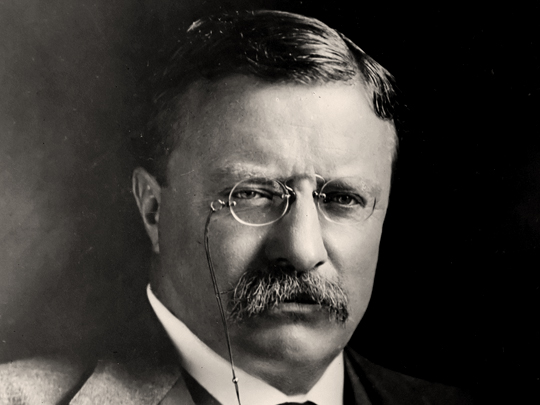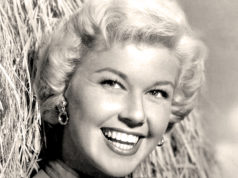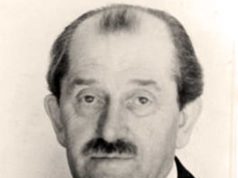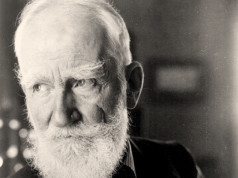Harris and Ewing / Wikimedia Commons / CC-BY-SA-3.0 / GFDL
Theodore Roosevelt
(US President)
27 October 1858 – 6 January 1919 (Aged 60)
Born in New York City, New York, USA. Died in Oyster Bay, New York, USA.
Roosevelt became the 26th President of the United States following the assassination of President McKinley, making him the youngest person to become President of the United States at the age of 42.
Roosevelt is remembered for the creation of many new national parks, forests, and monuments intended to preserve the country’s natural resources, such as Yosemite.
Following an incident on a hunting trip in 1902, a toymaker named the ‘Teddy bear’ after Roosevelt, which has stuck ever since. You can read more about this incident here.
In 1906, he won the Nobel Peace Prize for his role in ending the Russo-Japanese War.
In 1913, Roosevelt, a great lover of the outdoors, led a two-year expedition to the Amazon basin where he nearly died of tropical disease. His physical condition deteriorated due to the long-term effects of jungle diseases, leading to his death in 1919 at the age of 60.
His face is one of the four U.S. Presidents’ faces carved into Mount Rushmore, along with Presidents George Washington, Thomas Jefferson, and Abraham Lincoln.
Theodore Roosevelt National Park in North Dakota is named after him. He is seen as one of the United State’s greatest ever presidents.
Andrew Carnegie
(Businessman/Philanthropist)

25 November 1835 – 11 August 1919 (Aged 83)
Born in Dunfermline, Scotland. Died in Lenox, Massachusetts, USA.
Carnegie was a Scottish-American steel tycoon, who became one of the wealthiest people in the world during the 19th century.
He started work as a telegrapher and had investments in railroads, railroad sleeping cars, bridges, and oil by the 1860s.
Carnegie built Pittsburgh’s Carnegie Steel Company, later the U.S. Steel Corporation, which he sold to J. P. Morgan in 1901.
During the final 20 years of his life, Carnegie dedicated his life to philanthropy, giving away an estimated 90 percent of his wealth, over $78 billion in today’s money.
Amongst his philanthropic legacy, are an estimated 3,000 public libraries across the United States, and other countries around the world.
Carnegie died of bronchial pneumonia at the age of 83 and is buried at Sleepy Hollow Cemetery in New York.
New York’s Carnegie Hall and Pittsburgh’s Carnegie-Mellon Institute are other reminders of his philanthropy.
Augustus Juilliard
(Businessman/Philanthropist)
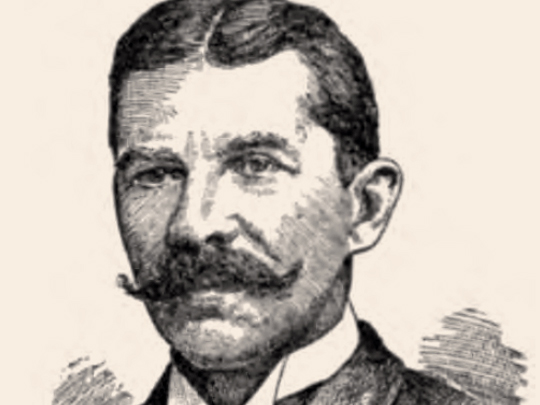
19 April 1836 – 25 April 1919 (Aged 83)
Born on a boat in the Atlantic Ocean. Died in New York City, New York, USA.
Juilliard was born at sea as his parents were emigrating from France to the United States, where he would become highly successful in the textile industry.
However, when he died, his will left the majority of his wealth to promote music education.
In 1920, trustees set up the Juilliard Foundation and established the renowned Juilliard School in New York City in 1924.
Pierre-Auguste Renoir
(Painter)
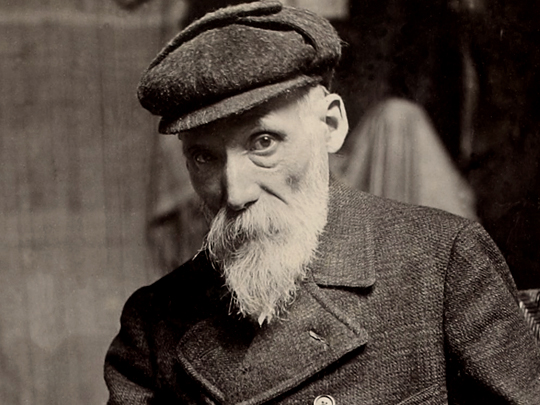
25 February 1841 – 3 December 1919 (Aged 78)
Born in Limoges, France. Died in Cagnes-sur-Mer, France.
Renoir was a French impressionist artist, who was one of the most famous and influential of his time.
In the late 1800s, Renoir developed rheumatoid arthritis, resulting in him moving to the warmer climate of Cagnes-sur-Mer, on the Mediterranean coast in 1907.
In spite of his mobility being limited due to arthritis, Renoir continued to paint during the last twenty years of his life. He died in Cagnes-sur-Mer at the age of 78.
Renoir’s work is particularly notable for celebrating feminine beauty.
Emiliano Zapata
(Military Leader)
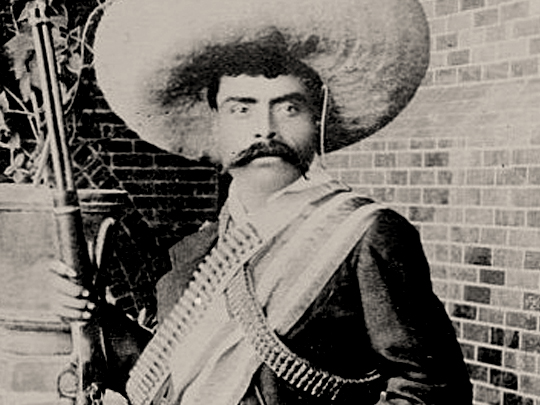
8 August 1879 – 10 April 1919 (Aged 39)
Born in Anenecuilco, Mexico. Died in Morelos, Mexico.
Zapata was one of the leading figures in the Mexican Revolution, leading the peasants’ revolt in the state of Morelos. His followers were known as Zapatistas.
In 1910, when the Mexican Revolution broke out, Zapata was a central leader of the peasant revolt in Morelos. In conjunction with a number of peasant leaders, he formed the Liberation Army of the South, of which he became the undisputed leader.
His forces contributed to the fall of the dictator Porfirio Díaz, defeating the Federal Army in the Battle of Cuautla.
Zapata was killed in an ambush in April 1919. To this day, Zapata is seen by many as a national hero and iconic figure.
H. J. Heinz
(Businessman)
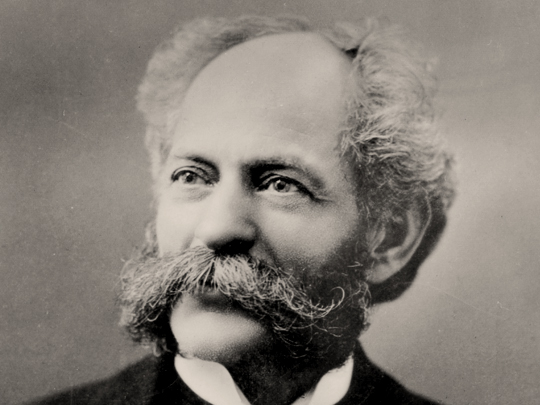
11 October 1844 – 14 May 1919 (Aged 74)
Born in Pittsburgh, Pennsylvania, USA. Died in Pittsburgh, Pennsylvania, USA.
H.J. Heinz was an entrepreneur who became world-famous for his companies food products, the most famous being their tomato ketchup.
Heinz was known for introducing high sanitary standards for food manufacturing, and his considerate treatment of his employees.


